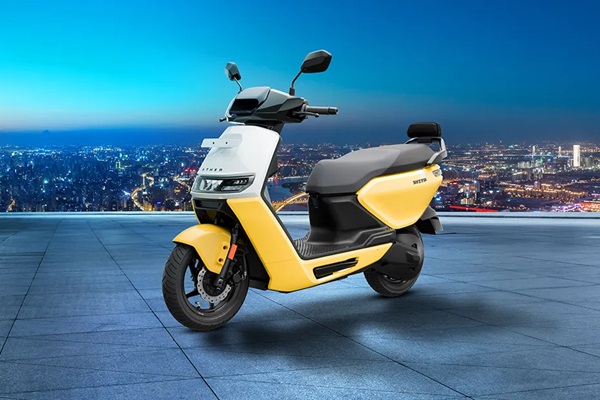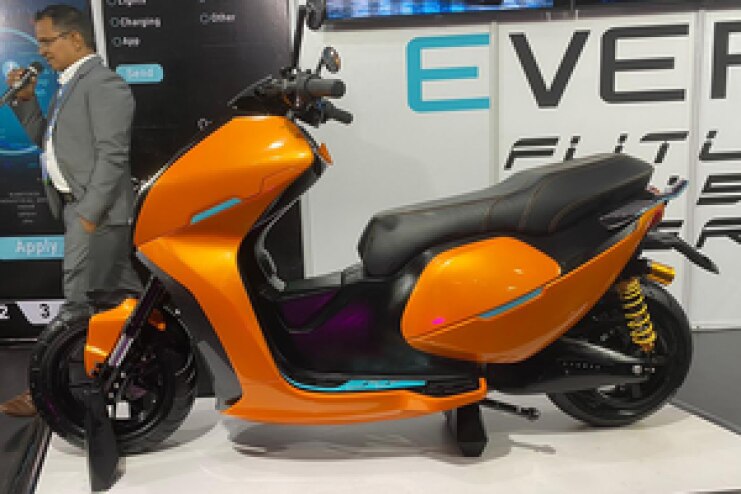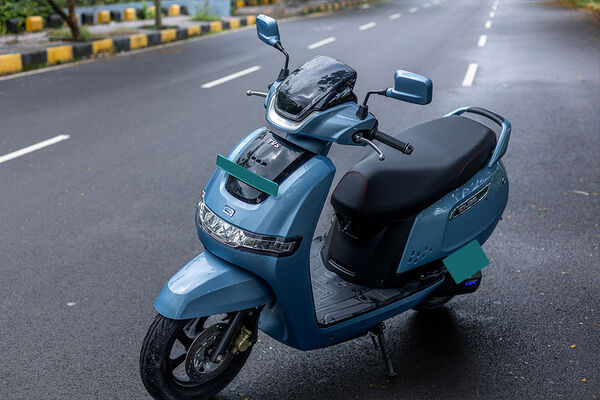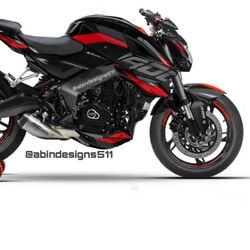Autonomous driving remains a distant reality in Japan
- While Japanese automakers may not aggressively be pursuing autonomous services in Japan, they’re much more active abroad.
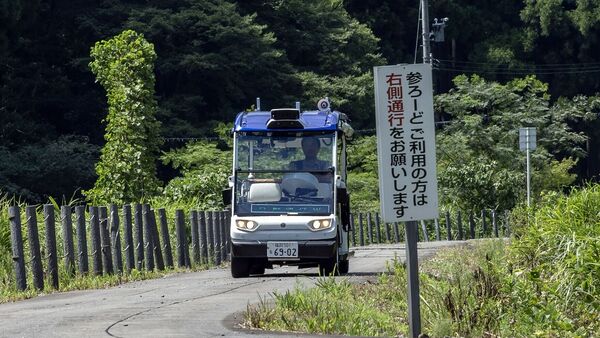

Japan is pushing for 50 locations with driverless services in place within three years, but fully autonomous vehicles remain nearly nonexistent in the country.
So far, Fukui prefecture on the main island of Honshu is the only place with vehicles featuring level-4 capabilities — defined when they can handle all driving tasks — but only under specific conditions with the option for humans to take over. In the town of Eiheiji, the seven-seater golf carts are only allowed to navigate a 2 kilometer (1.2 mile) course. Maximum speed: 12 kilometers per hour.
Also check these Vehicles
The limited availability of autonomous driving in Japan stands in stark contrast to the US and China, where robotaxis already roam the streets in some cities. Waymo, backed by Google parent Alphabet Inc., and General Motor Co.’s Cruise are testing driverless taxi services in San Francisco. Beijing has officially allowed robotaxi operators including Baidu Inc. to charge for fully autonomous taxis in some areas.
At stake is a self-driving vehicle market that could be worth as much as $400 billion by 2035, according to McKinsey & Co.
“There are many possibilities to use these vehicles," said Hideyuki Yamada, president of Machidukuri ZEN Connect Inc., which runs the service in Fukui. Right now, their biggest hurdle is that they aren’t allowed to cross intersections. Once that is removed, level-4 services could “spread across Japan, as it’s a small nation," he said.
While Japanese automakers may not aggressively be pursuing autonomous services in Japan, they’re much more active abroad. Nissan Motor Co. is seeking to deploy autonomous taxis in China in collaboration with local companies. Toyota Motor Corp. and its manufacturing affiliate in China, along with autonomous technology company Pony.ai Inc., will invest more than 1 billion yuan ($137 million) in a driverless EV initiative.
When it comes to personal cars, Toyota has level-2 hands-off technology in models including Mirai, Alphard, Crown and Century, as well as some Lexus models such as the LS, RX and RZ. The world’s largest automaker also has e-Palette as a level-4 vehicle, which was used at the athletes’ village at the Olympic and Paralympic Games Tokyo 2020, before being suspended due to a mishap.
In September, it was used as a mobility medium at the Fuji Speedway World Endurance Championship after being exhibited as a mobile convenience store at its technical workshop in June.
Nissan currently has ProPILOT 2.0, which enables drivers to drive hands-off on a highway, installed in its Japanese and US Ariya models, and the Serena in Japan.
Honda Motor Co. introduced Japan’s first level-3 autonomous passenger cars in 2021, but only offered 100 of the upgraded Legend sedans at 11 million yen ($74,000) apiece. At level-3, vehicles can perform most tasks, but humans are still required to take over when necessary.
For Japan “there is lack of business potential," said Kenichi Hayashi, director at the Road Transport Bureau’s policy planning office for automated driving technology, adding that manufacturers will have to shoulder responsibilities for any accidents that occur during fully autonomous driving. Narrow roads, and the preponderance of bicycles, also pose a challenge. “Japanese people’s awareness regarding bicycles rules is an issue."
Zen Connect’s Yamada said no accidents have occurred since the service began in Fukui. Yamaha Motor Co. designed the self-driving cars, while the sensors and cameras were provided by Mitsubishi Electric Corp. Prime Minister Fumio Kishida has visited the site, as have representatives from Toyota, Nissan and Denso Corp.
Honda isn’t planning to introduce more models at the moment, according to Takumi Kawabe, assistant chief engineer at the company. Instead, the carmaker is focusing on further developing level-3 capabilities and evolving technology to avoid accidents, he added.
Level-4 makes sense as a service, rather than for personal conveyance, which will let manufacturers get more of a return on investment, according to Kawabe. Honda is is currently testing an autonomous six-seater vehicle called “Cruise Origin" with the goal of introducing a transport service in Tokyo by the mid-2020s. “The price for the service will be cheaper than taxis," Kawabe said.
So far, around 60 Japanese cities have applied to implement autonomous services. Hayashi, the transport ministry official, said he’s hopeful that the country will be able to reach the goal of having self-driving vehicles across Japan.







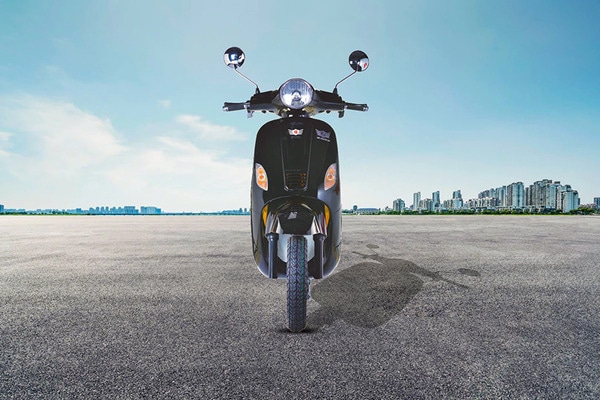
 110 km/charge
110 km/charge
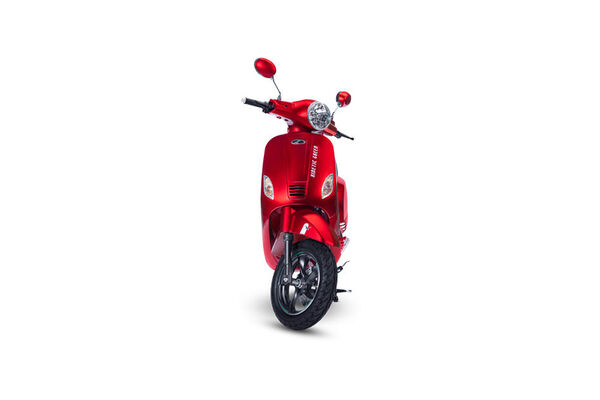
 3 kWh
3 kWh